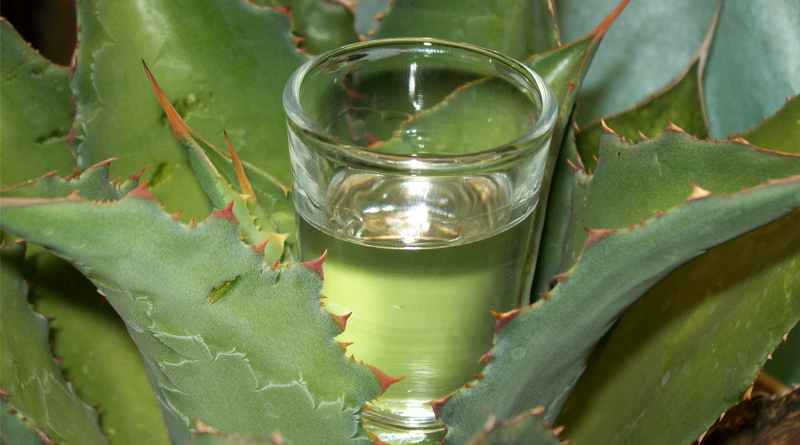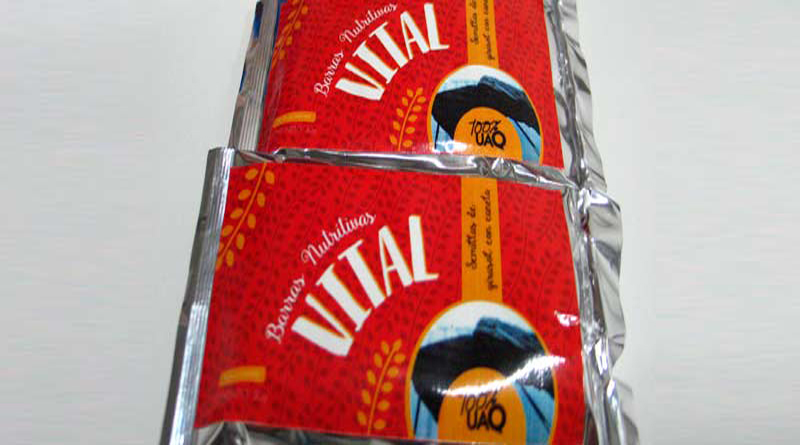A major trend driving food product development is the rising demand from consumers for natural ingredients, including antioxidants. Until now, little work has been done to identify new natural antioxidants. But a recent study published in Food Chemistry details the discovery by researchers at Pennsylvania State University of an antioxidant in grain bran that could preserve food longer and replace synthetic alternatives.
The research team focused on a class of compounds called alkylresorcinols (ARs), which are found in the bran layer of cereal grains like rye, wheat, and barley and are thought to be defense compounds protecting the grain kernels from the growth of microorganisms. After noticing that the chemical structure of ARs is similar to that of commonly used antioxidants, the researchers hypothesized that ARs might exhibit antioxidant activity and would also have the advantage of being extracted from a common waste stream—namely, bran—thus creating a value-added product.
The researchers extracted ARs from rye bran and purified them using low temperatures (-80oC), which caused the ARs to crystallize so they could be isolated from the soluble impurities. The rye bran extract was added to oil and homogenized to form model food emulsions. Emulsions were investigated because people often consume oils as emulsions in mayonnaise and salad dressings. Emulsified oils are prone to degradation, which produces off aromas and flavors.
Primary and secondary products of lipid oxidation were monitored over storage to determine the rate and degree to which the emulsified oils degraded. The researchers compared the AR-containing emulsion to an emulsion without added antioxidants and to emulsions containing alpha-tocopherol or butylated hydroxytoluene.
“The major finding of this study,” says lead author Andrew Elder, “was that a rye bran extract rich in ARs was able to preserve a model food emulsion by slowing the rate of oxidation, preserving the quality of the emulsion longer than emulsions which did not contain antioxidants.” The rye bran extract tripled the time before the onset of oxidation compared with the control treatment.
The researchers also observed that the emulsion containing ARs oxidized faster than those containing alpha-tocopherol and butylated hydroxytoluene, which might indicate that ARs, at the concentrations tested, were less effective but could also indicate that the rye bran extract was not completely pure. Further research will reveal whether an individual AR type is more or less effective than conventional antioxidants.
The preliminary findings open the door to investigating the ability of ARs to preserve many different foods. “Current research indicates that ARs are likely responsible for the observed increase in shelf life of whole grain breads over refined flour breads, where AR content is negligible, due to their antioxidant activity,” says Elder. He also notes that ARs could be applicable to creams, dips, soups, sauces, and certain beverages, as well as bakery goods that contain incorporated oils and fats
Elder cautions that “further work needs to be done on ARs to understand their mode of antioxidant action, effective concentrations, etc.,” including experiments to determine ARs’ viability and effectiveness in specific food products.
Source: IFT










